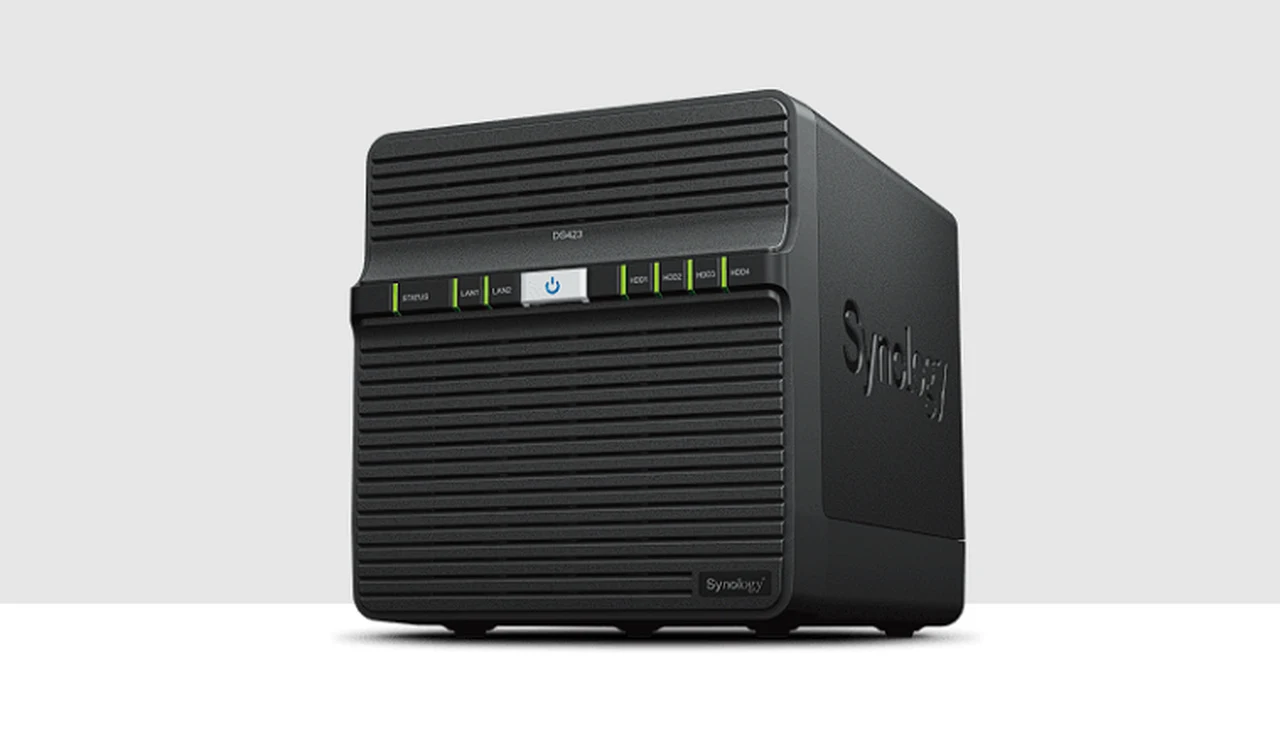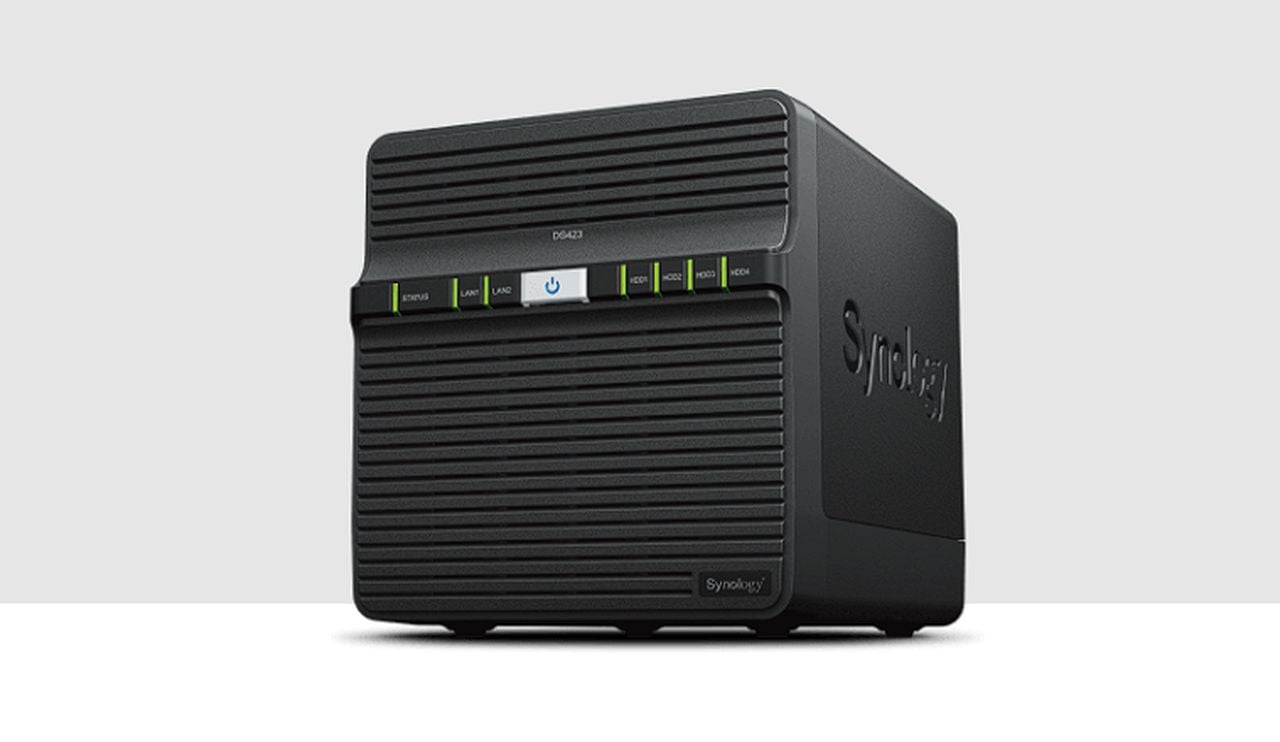
If you have just purchased a Synology NAS you may have already encountered two folders that might cause a bit of confusion: “Home” and “Homes.” Understanding the purpose and function of these folders on your Synology NAS is crucial for anyone looking to manage their files effectively and ensure that privacy is maintained.
The “Home” folder is essentially your personal space on the Synology NAS. It’s where you can keep your own files and data, away from the prying eyes of other users on the network. Think of it as your private drawer in a shared office; it’s yours, and no one else should be rummaging through it without your permission. This privacy is not just a matter of convenience but a fundamental aspect of how the Synology NAS ensures the security of your personal data.
On the other hand, the “Homes” folder serves a different purpose. It’s an administrative tool that provides a collective view of all individual “Home” folders. This is particularly useful for network administrators who need to oversee the entire system. However, it’s important to note that while the “Homes” folder allows for this oversight, it’s not intended for direct file manipulation. In fact, making changes to the “Homes” folder can lead to complications, such as access issues or confusion among users.
When it comes to sharing files, you might be tempted to just pass them directly from your “Home” folder. However, Synology has a better solution: Synology Drive. This tool is specifically designed for sharing files and gives you the ability to set precise access permissions. By using Synology Drive, you can ensure that your “Home” folder remains a secure and private space, while still being able to share files as needed.
Here are some other articles you may find of interest on the subject of Synology network attached storage :
One of the features of Synology NAS devices that users appreciate is the ability to take snapshots, which are essentially pictures of your data at a specific point in time. These snapshots can be lifesavers when it comes to file recovery. However, there are certain limitations when it comes to snapshots within the “Home” and “Homes” folders. Users need to be aware of these restrictions to avoid surprises during the recovery process.
For those who are more technically inclined, the replication and failover processes for the “Homes” folder can present some challenges. Because each user’s data and permissions are unique, replicating and managing failover requires careful planning. The goal is to ensure that users can still access their data and that the integrity of the data is not compromised in any way.
Synology NAS devices are not just about storing files; they also integrate with various applications. For instance, Synology Drive and Synology Photos use the “Home” folder to store user-specific data. This means that any changes to the structure of the “Home” folder could disrupt these applications. Therefore, it’s crucial to maintain the integrity of the “Home” folder to ensure that these applications function correctly.
For network administrators, there are certain best practices to follow when it comes to the “Homes” folder. One key recommendation is to avoid modifying the “Homes” folder directly. This can help prevent access issues for users. Additionally, hiding the “Homes” folder from network places can be a wise move, as it helps to prevent accidental changes and keeps the user interface clean and straightforward.
The personalized nature of the “Home” folder means that tasks like replication, creating snapshots, and migrating data can be more complex than with shared folders. It’s important to adhere to best practices and consider alternative strategies to ensure that data remains intact and accessible.
For those new to Synology NAS, getting to grips with the “Home” and “Homes” folders is an important step. Recognizing their distinct roles, maintaining appropriate privacy settings, and using the right tools for file sharing and backup will help you avoid common pitfalls. With this knowledge, you can make the most of your Synology NAS device, keeping your data secure and your system running smoothly.
Filed Under: Guides, Top News
Latest timeswonderful Deals
Disclosure: Some of our articles include affiliate links. If you buy something through one of these links, timeswonderful may earn an affiliate commission. Learn about our Disclosure Policy.

